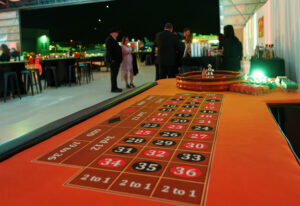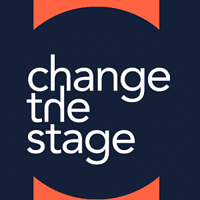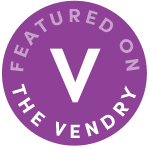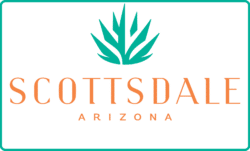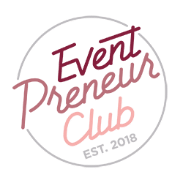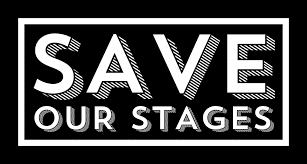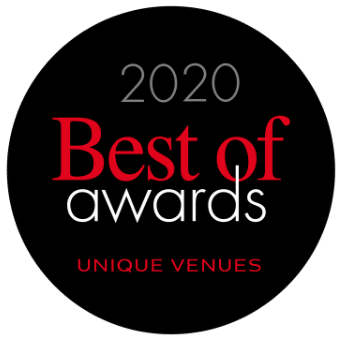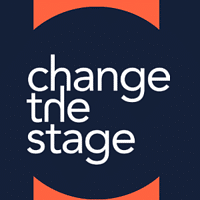Ideas for creating experiences. In the era of virtual offices, online companies and remote work teams. Hosting meetings or conferences that allow audience members to connect and interact in meaningful ways is more important than ever. That may be one reason that today’s event planners are focusing more and more on creating experiences rather than just organizing meetings.
In fact, 75% of meeting planners say that their role involves more “experience creation” than it did just two or five years ago, according to findings in IACC’s recent “Meeting Room of the Future” report.
What exactly does it mean to create an experience? For one thing, it goes beyond filling a conference agenda with expert speakers, intriguing slide presentations and interactive Q&A sessions. It means immersing participants in new activities that incorporate all their senses: sight, smell, taste, touch and sound.
According to the IACC report, “ Conference and meeting venue operators are addressing their client’s needs by offering meeting rooms that are designed to foster creativity (86%), themed food (67%) and beverage and ice-breakers (67%).”
Other common elements that venue operators say they offer to assist with “experience creation” are: outdoor meeting spaces, team building, sporting activities, or destinations-based activities.
A feast for the senses
Our senses provide direct pathways to our emotions. And science confirms that the stronger the emotions connected to an experience are, the stronger the recall of it later will be. (Reference)
Consider how the smell of baking can trigger memories of your grandmother’s house, or fresh cut grass might remind you of a childhood summer.
“People remember only 15% of what they hear,” said Dianne Devitt, creative consultant, event producer, speaker and author of the book What color is your event? “But the senses have over 85% recall. So when you have true meeting design that incorporates a complete sensory experience, then you actually create a lasting impact and memories.”
The key to creating an engaging experience, then, is to incorporate all of the senses and address all of the attendees’ needs: intellectual, social, physical and emotional. That includes adding activities, spaces or timing that lets people open up and have fun. It’s in these moments of fun when the excitement starts and engagement happens.
This extends to breaks, as well. IACC found that interactive breaks merging refreshments with teambuilding are becoming more common and are “a much more effective way to revive your attendee’s senses and reconnect their engagement.”
Furthermore, IACC’s report identified networking as a crucial element, and found that allowing time and space for people to connect and form relationships is an important part of the meeting experience. “If the program does not allow for these connections to take place, the value of the meeting is undermined,” said one respondent.
Give permission to play
“Giving people permission to play is an important element in creating a successful meeting experience,” added Devitt. “This is the adult version of being in a sandbox. Meeting delegates need to know it’s OK to speak to other people. To share their ideas and have a little fun.”
Another important aspect of creating a successful experience is adding an element of surprise. Surprise can be inserted in various ways from changing the way food is served (such using a cultural tradition that ties to the theme) to adding unexpected styles of entertainment, music, décor or activities. An unanticipated performance or change in activity can stimulate renewed interest and elevate the meeting from a typical conference to a memorable experience.
Focus on the goals
To have a successful experience, however, it’s important to keep the goals of the meeting in mind. Surprise without reason will not be successful.
“The number one mistake I see is not having a clear purpose or agenda and not working toward specific goals,” said Tim Chudley, Managing Director of the Sundial Group, an event-planning company based in Northamptonshire, UK.
Always make sure the meeting has a clearly defined objective and that every element of the experience is crafted around it. Develop a theme that supports the objectives and make sure everything you plan stays in step with the theme. The meeting theme creates the element of unity that ties the entire conference together as a unique experience.
Here are 10 ideas we think are inspired (and inspiring).
- Team-building exercises. Team-building activities are a core component of any good experience-driven event. These can include activities that conference attendees do together as part of a session or specific tasks focused on group cooperation, such as solving a puzzle, creating a skit, interviewing each other about childhood dreams or brainstorming new ideas to present later. Luckily, according to IACC’s research, more than 38% of venue operators say they offer team-building activities on site and another 58% provide a combination of on- and offsite team building.
- Outdoor or unusual experiences. Group sessions incorporating volunteering, physical activities, casual outings or shared meals not only promote team building but also lift a conference from ordinary to the level of experience creation. Outdoor space at a meeting venue was reported as important by 63% of IACC research respondents. Using this approach, you might have the entire group try a new experience, such as a Segway tour of an Old Town, aerial yoga (also called anti-gravity yoga), learning to blow glass or cooking a meal (tied to your theme, of course).
- Secrecy-based events or surprise activities. The exact location, venue or theme for a particular session might not be known in advance, or components are revealed as the meeting unfolds. There may be a series of lectures in which presentations are given in undisclosed locations fashioned as clandestine meetings or secrete societies with passwords to enter. How fun to uncover the clues about your next secret session.
- Personalised presentations. In these “silent” meetings, attendees wear headphones so they can all be in a single lecture room but hear individual lectures or different content. This can be useful, for example, on a noisy trade show floor, or to let delegates rotate through content presentations in smaller groups.
- Project-based events. A different sort of meeting experience might involve having the group create something tangible by the end of the conference. Each session is designed to move the participants through the creation process one step at a time, with unique activities or new approaches introduced as they move along. Instructional sessions are intermixed with active sessions where attendees put what is learned into practice. For example, a marketing group might create a new brand campaign, programmers a new game, administrators a new process or framework.
- Live conferences. In this re-imagination of the conference, there are no PowerPoint presentations, lectures or speeches, only live demos, hands-on sessions, Q&As, interviews or rich content. Participants might move through booths or rooms in a prescribed order or at-will, but have a list of sessions to complete by the end. In fact, meeting planners surveyed by IACC said live event streaming was now common in their events and the meeting experience needed to be considered for those attending remotely as well as for those turning up to the event.
- Peer-driven meetings. This sort of conference puts the attendees in charge of the content. The purpose is to harness the expertise of the participants to create a unique “of the moment” event. Attendees might write topics they’re interested in on boards, consolidate the topics, and then form discussion groups. Any participant who wants to start a discussion on a topic can claim a time and space.
- Pecha Kucha presentations. This fast presentation style was devised in Tokyo in 2003 and involves a simple presentation format where speakers show 20 images, each for 20 seconds. The images advance automatically and speakers talk along with the images. Think elevator pitch combined with karaoke.
- Breakout groups. This meeting format taps into the collective knowledge of participants to help them gain a deeper understanding of the subject and issues. The meeting starts with an introduction and then breaks participants into smaller groups. For a specific time-limited discussion, and then back together for each group to share thoughts.
- Fishbowl conversation. In this session, two or three chairs are filled with guest panellists. One chair is left empty for audience members. Any member of the audience can, at any time, occupy the empty chair and join the fishbowl panel. The discussion continues with participants frequently entering and leaving the fishbowl panel until the time is up. Then the moderator summarises the discussion.
What unique experience creation ideas do you have? Let us know.
Get the report
Want to know more about The Meeting Room of the Future? Download latest report from IACC here.



